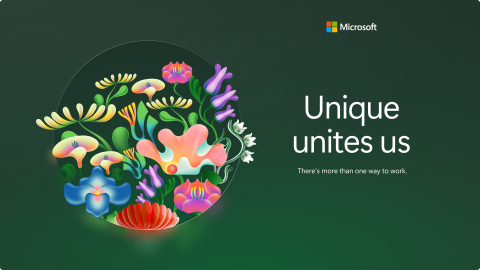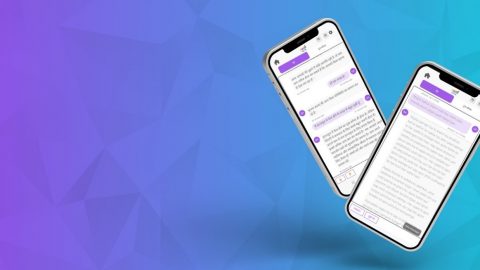SaaS Platform to empower job seekers and employers
A year ago we announced our latest round of AI for Accessibility grantees in the employment space; organizations using AI to improve employment opportunities for people with disabilities. Among them was Zammo.AI, a no code conversational AI software platform aimed at making it easier for jobseekers wanting to learn about the requirements of a potential job, to assess their own interest and qualifications.
Zammo’s open-source solution is an accessible interface (specifically a chatbot) for various online job boards, enabling people with vision disabilities, and others, to gain information about positions and organizations they’re interested in applying to. The main benefit of this type of technology is in enabling jobseekers to quickly track and process information about a specific job listing, or requirements of a job, without cognitive overload (the amount of working memory resources a person uses). Through a simple question-and-answer interface, that leverages AI, individuals can, for example, understand if a job meets their skills, interest or other areas that matter to them. The chatbot even asks contextual questions such as “What is the standard salary for a manager in retail?” while never leaving the job listing webpage.
From an employer’s perspective, human resources staff can leverage the interface in several stages of the recruitment process – from candidates searching job listings to submitting the candidate’s location – employers can update the chatbot with new information and workflows to improve the candidate experience. Companies can also consider deploying additional features as the current infrastructure allows flexibility and customizations, such as auto-translation into 100+ languages, or the ability to transfer to a live person in the same interface if desired, and more.
Building the platform and lessons learned
Throughout the development process, the team at Zammo focused on extensive probing and validating of pre-existing assumptions. They particularly focused on understanding the key blockers in the job search experience for jobseekers, leading to scope a solution such as Zammo and Voice AI. While the initial objective was to improve the usability of the search stage, the technology can be expanded to enhance the entire candidate experience at every step of the way.
To ensure representation and input from the disability community, Zammo partnered with Open Inclusion, an inclusive research and solutions consultancy, to ideate, scope and test their prototype for both usability, as well as accessibility.
This was in response to a consistent piece of feedback from the disability community about the need for fully standardized and accessible interfaces. While users have different access needs and could interact with websites through a variety of assistive tech, such as screen readers or narration, they wished for ease of use and a browsing experience without blockers. In essence, ease of use is the overriding influence for choosing and using platforms and websites in the study groups (located in the UK and US). Another critical factor for job seekers is the ability to toggle between several pages or systems, while maintaining context and reducing cognitive load.
When it came to the overall solution, participants had an extremely positive response to the idea of using AI-assisted voice UI for job seeking. For them, a well-executed and user-friendly solution has the potential to provide both functional benefits (ease of use, dictation versus typing) as well as emotional and cognitive benefits.
Full insights can be found on Disability-Inclusive Insight Informs Better Experiences for Job Seekers.
Interested parties and organizations can access Zammo’s GitHub to explore the edge extension and bot. Zammo also encourages organizations to use the open-source templates as a first step towards improved ease of use of their job postings, either by embedding it to their webpages directly, or, for a more seamless experience, creating their own extension and building additional capabilities and features.
“I’m excited to see what it develops into and how we can benefit from it in the future,” a study participant remarked.
Connected articles:








